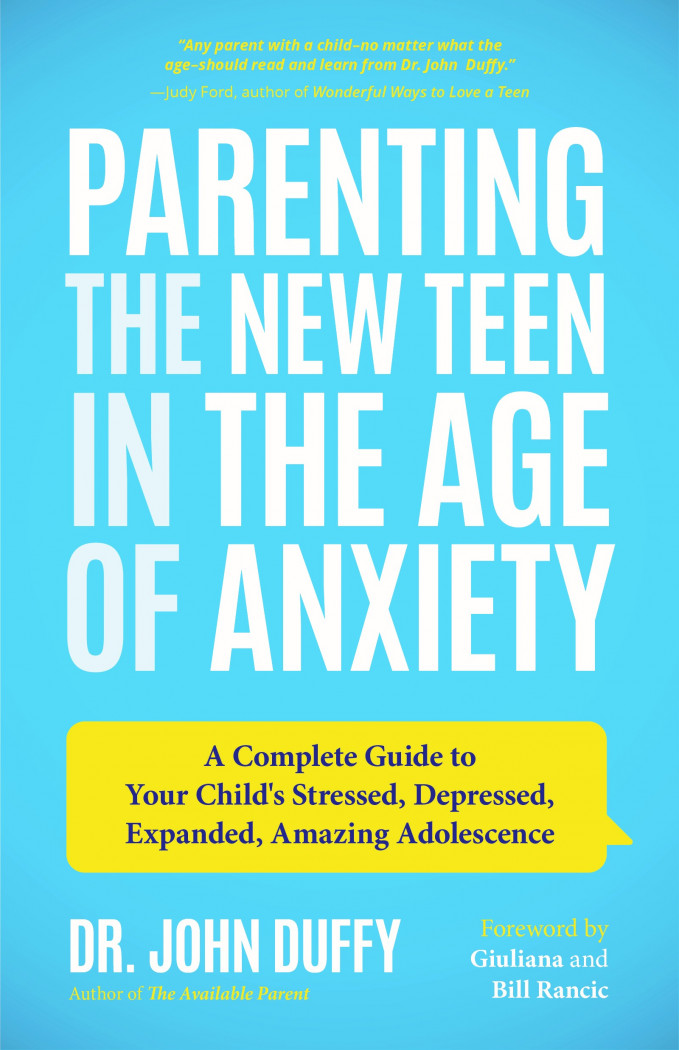Have you noticed when YouTube suggested videos that promoted a certain ideology? Have you ever encountered racist or extremist content online? Did you ever feel that someone or some group on the internet was trying to persuade you to believe a certain way?
In the Opinion essay “Racists Are Recruiting. Watch Your White Sons,” Joanna Schroeder writes about her experiences watching her teenage children being drawn to the kind of online content that right-wing extremists use to recruit young men. She writes:
A favorite activity for many boys is to watch gamers playing video games on YouTube. According to John Duffy, author of “Parenting the New Teen in the Age of Anxiety,” the problems come with advertisements that may appear during the videos. Kids can be exposed to dozens of ads in a sitting. They might hear about the border, or “Crooked Hillary” or a conspiracy theory on how the left works, Dr. Duffy said. Many of these spots are created and promoted by organizations like PragerU, which, Dr. Duffy notes, is not an accredited university but a propaganda machine that introduces viewers to extremist views via video. And YouTube’s recommendation algorithm offers videos that become more and more extreme as viewers watch them.
“There is a sophisticated psychology at play,” Dr. Duffy warns, noting that today’s teenagers have been using smartphones and tablets their whole lives. They like to dive deeper into topics that pique their curiosity, which is a great thing. The problem is they often turn to the internet before their parents for answers. Recommended videos and comments left on YouTube can lead them to threads full of racism and conspiracy theories on forums like 4chan. Google may lead them to white nationalist outlets like The Daily Stormer, where hate and harassment are normalized. Often, they have no idea which sources are reputable.
The Op-Ed continues:
Inevitably, kids who have encountered these messages will mimic extremist talking points, and those of us who find these views repulsive may be tempted to yell at them, ground them or take away their devices in a futile attempt to keep them away from this propaganda.
The problem is, punitive responses often create a sense of shame that can feed a growing sense of anger — an anger the alt-right is eager to exploit.
What really hooks many white teenagers is the alt-right’s insistence that white men are under attack in America, the true victims of oppression. If your child has already been punished for his opinions, this message is especially resonant. They find a home for their rage, a brotherhood of guys like them, and that oh-so-alluring heroic struggle — and that’s how an extremist is born.
Later she writes:
Perhaps the best tool is prevention. Kids need to understand — before they encounter their first alt-right memes — what white supremacy looks like. It’s not just a person in a K.K.K. hood but also the smooth-talking YouTuber in the suit or the seemingly friendly voice in the video game forum.
If we avoid talking about our values about race and the experiences of marginalized people, strangers on the internet will be happy to share theirs.
Students, read the entire article, then tell us:
-
To what degree, if at all, do you identify with the details Ms. Schroeder shares about her sons’ experiences online? Have you ever encountered racist or extremist videos or memes online?
-
Do you talk to your parents about what you watch online? Should your parents be worried about the messages you’re receiving on the internet?
-
Ms. Schroeder shared an anecdote about her son “liking” a meme about Hitler, and then saying he didn’t like it “on purpose.” Do you think indiscriminate “liking” is a common experience teenagers have? Does it ever lead to problems?
-
Ms. Schroeder writes, “It also seems to me, as a mom, that these groups prey upon the natural awkwardness of adolescence.” She continues, “Many kids feel out of place, frustrated and misunderstood, and are vulnerable to the idea that someone else is responsible for their discontent.” Does that analysis resonate with you? Do you agree that tweens and teens are particularly vulnerable to this kind of “blame someone else” messaging?
-
What do you think of the parenting strategies that Ms. Schroeder recommends? What advice would you give to parents concerned about the online messaging their children are seeing?
-
The headline of the Opinion essay and much of its content is about white teenage boys. In your experience, do teenage girls — or teenagers of other races and ethnicities — also encounter hate speech and extremist ideologies online? Please share.
Original post found here.


